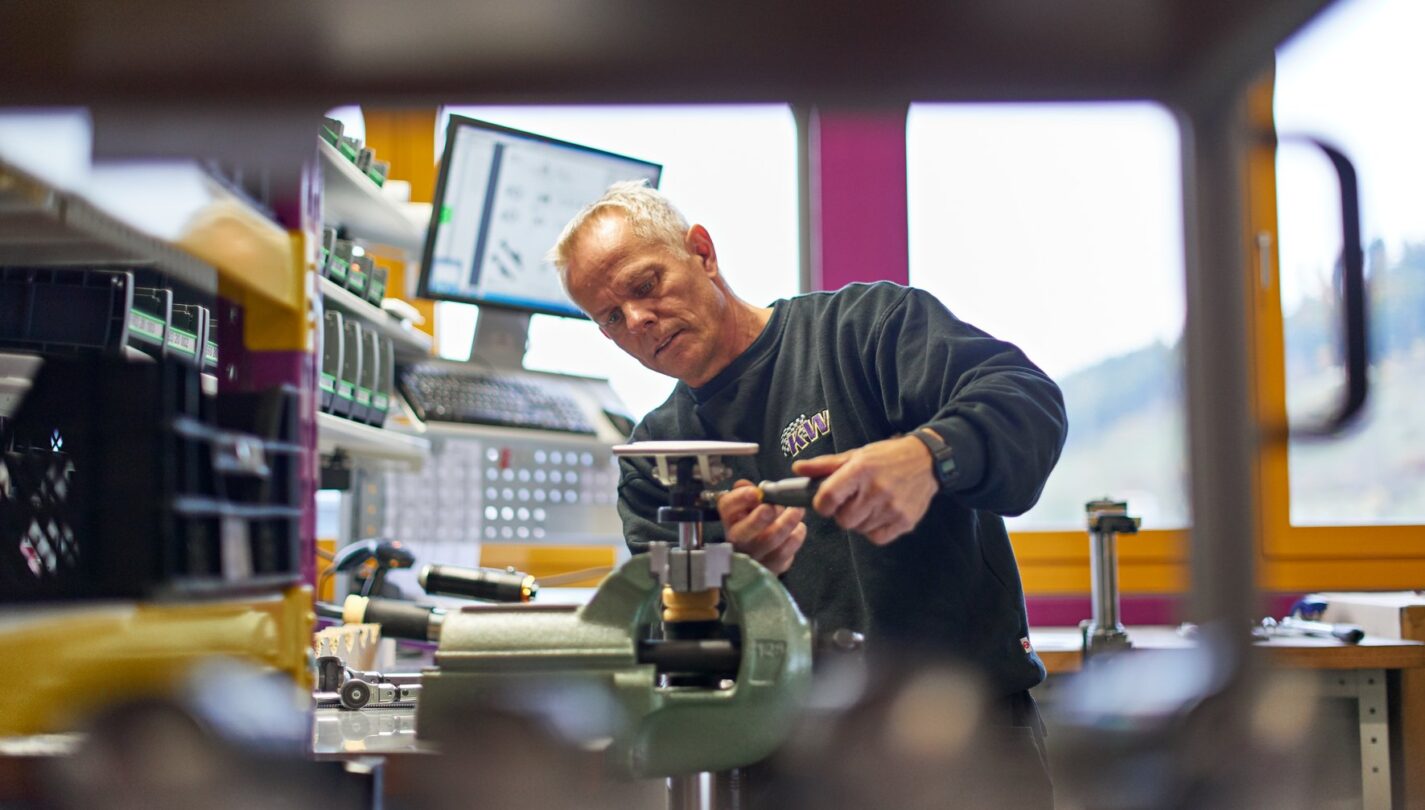Circular economy: How to transform your manufacturing firm
Learn how the circular economy can help your manufacturing firm reach sustainability goals and also offer efficiency and financial benefits.

What is the circular economy?
A traditional linear economy is where we make, consume and throw away. Moving to a circular economy is all about creating a circle where we design out waste and pollution by keeping products and materials in use for as long as possible, while finding ways to create new resources from what we discard. The traditional linear economy creates waste through a model that flows as:- Take
- Make
- Use
- Dispose
- Make
- Use
- Return
- Recycle
- Reuse
- Make
Business benefits of the circular economy
On top of fulfilling your company’s sustainability aims, adopting the circular economy also offers proven business benefits, including:The ability to increase revenues and reduce costs
By selecting business models such as product-as-a-service, you could extend the life of your products through initiatives such as refurbishment and remanufacturing.More energy-efficient practices
The circular economy is already inspiring innovation and insights into how manufacturers can increase resource efficiency. You should also look at sourcing materials for products that meet your circular economy needs. Explore using sustainable source materials and sourcing locally, for example, which may reduce your exposure to a volatile supply chain and rising resource prices.Advances in productivity, efficiency and resilience
You’ll probably have designed products to be as easy to manufacture as possible, which doesn’t necessarily lend to disassembly or repair. By adopting the principles of the circular economy, you can adapt your product development processes. Instead of only thinking about functionality and cost, you’ll consider the whole lifecycle of the product, maximising its value and materials.Many manufacturers also feel that being greener enhances their brand image
Businesses and customers are more aware than ever of the environmental impact that products can cause. By being sustainable and adopting circular economy strategies, you can reduce the ecological footprint of your products, differentiating your company from other brands that aren’t following suit.Where are we now?
The IDG research says the vast majority of UK respondents see the circular economy as having a net benefit to their organisation and will have a positive impact on their business over the next two years. However, 65% of the companies we surveyed said they may face undertaking substantial transformation to take advantage of it. But they feel this is a price worth paying. Almost every UK manufacturer we surveyed – and many businesses across the globe – has begun transforming operations to ensure they are fit for the circular economy. Of the UK firms polled, 75% said they were in the middle of changing, while almost 16% have almost transformed. Meanwhile, 2% said they had completed their transformation.Make the circular economy argument
Although you may already be looking to implement circular economy principles, it may still be a challenge to educate the broader business on its benefits. Also, numbers in our report show there’s a lack of customer or market understanding of the value the circular economy provides. With the need to adapt supply chain practices, as well as balance sustainability aims with the bottom line, you may struggle to get the circular economy business message across. To help, here are three tips to effectively communicate and present circular economy ideas.1. Understand who you need to influence
You need to understand who in your business you’ll need to educate and influence about the circular economy. Getting your manager on-board first is a good start. But you’ll need some detective work about other people in the company. Make a list of the names and explore what their objectives, priorities and motivations are. What’s their agenda and what challenges are they facing? What do they need to be successful and how can the circular economy help? People in different departments will have different priorities – you’ll need insight into the different understandings of the circular economy that senior management, operations, procurement, innovation and marketing functions may have.2. What does the circular economy mean for your business internally and externally?
The circular economy has become mainstream and many positive messages are coming from businesses, governments, and trade and professional bodies. You need to ensure the relevant people understand this. Your business may already have corporate purposes, strategy, values and commitments that the circular economy can support. You may have environment and social targets you need to meet, for example, or values you want to protect, such as designing out waste and pollution.3. Understand what circular economy strategy you need to implement
Adopting the principles of the circular economy can bring significant benefits to your business by bringing in new customers, increasing profits and reducing costs. You can also beat the competition when it comes to innovation, brand reputation and sustainability. Look for practical problems to resolve and new opportunities that you wouldn’t get with a linear economy approach. Make sure you understand what ideas could help with your existing challenges and opportunities – highlight the benefits of new approaches and the limitations of current ones.Final thoughts
Learn from the success of others. Many businesses, both large and small, across many industries, have adopted circular economy principles and strategies. Look at case studies and take the information and insight you need. Build a circular economy story, highlighting the shortcomings of a linear economy and the value you can create. Build an argument on why your firm needs to change. And address any misconceptions people may have. When it comes to activating your strategy, start small and move quickly – come up with trials and pilots to prove the benefits of adopting the circular economy within your business. Editor’s note: This article was first published in February 2020 and has been updated for relevance.How manufacturers unlock value from the circular economy
Discover how adopting the circular economy at your manufacturing firm can help you achieve your sustainability and efficiency goals, among others.





